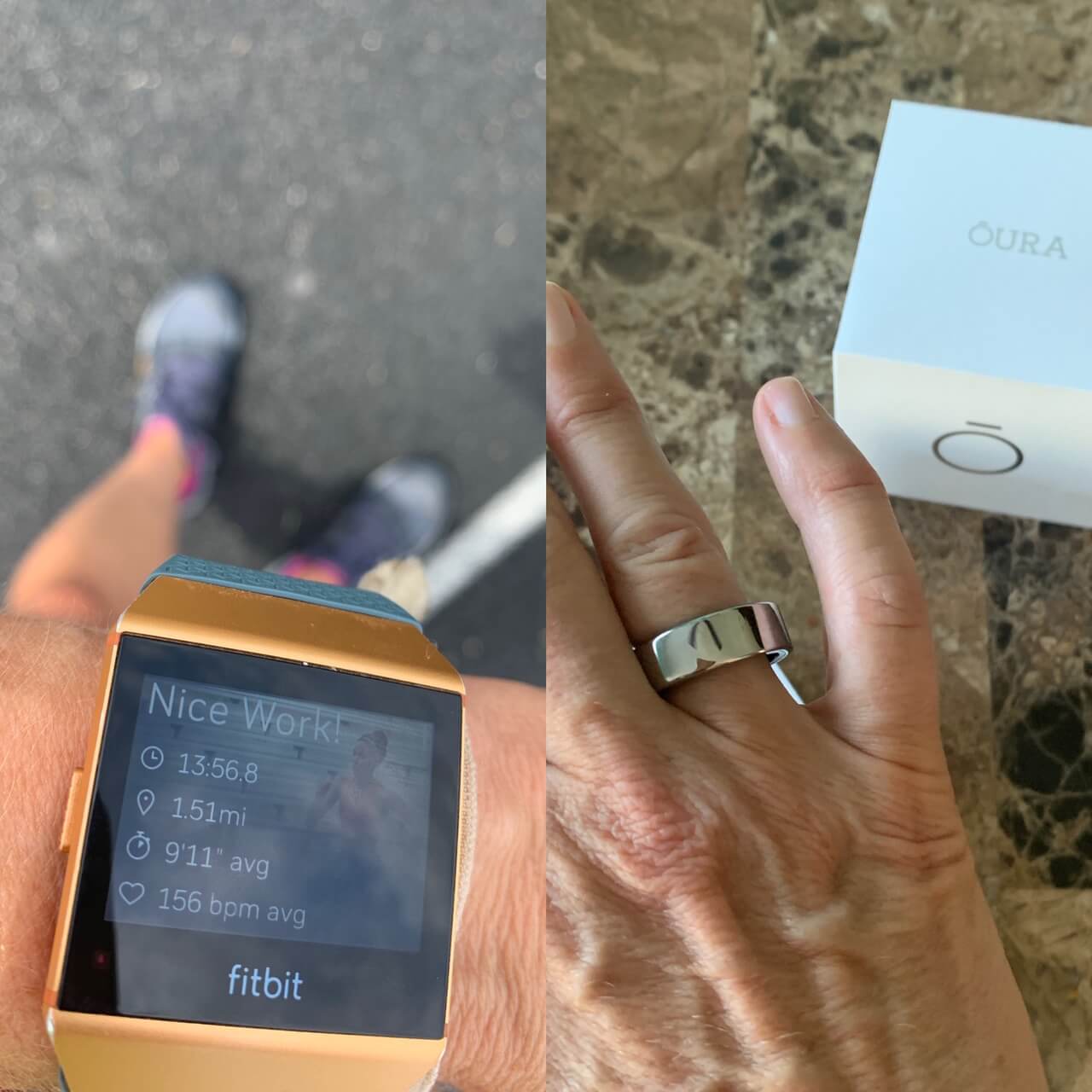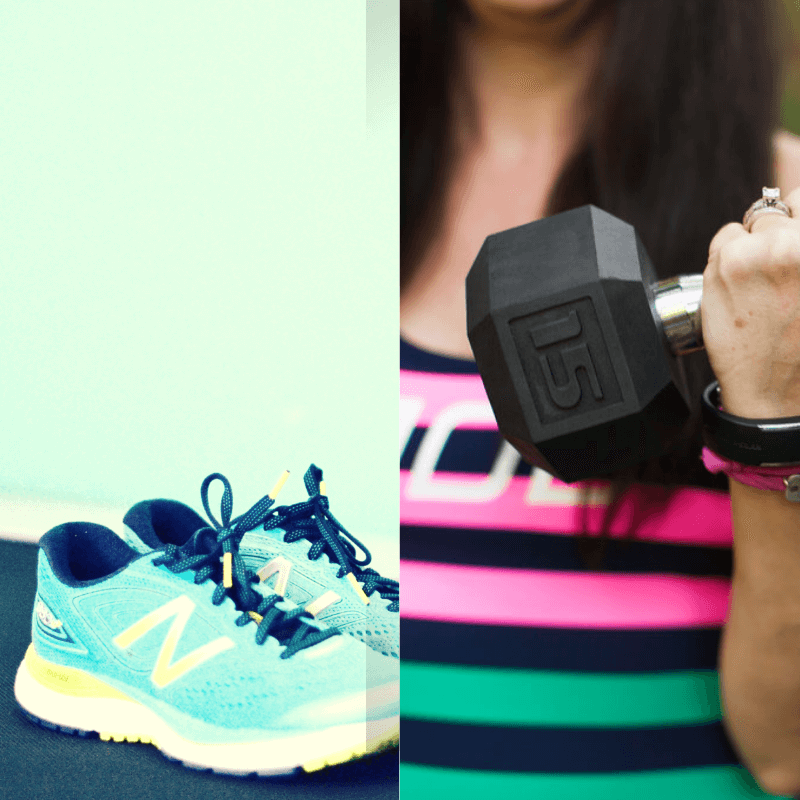I was thin most of my early adult life. It wasn’t until I hit thirty-years-old that I started to gain weight. My first instinct at that time was to start running because I heard that running burns more calories than most any other activity. My running journey began on that notion: run to lose weight, but I didn’t have the whole story yet.
It’s often debated, what’s better for weight loss: running or weightlifting?
What’s best for permanent fat loss: Running or weight lifting? Save to your favorite Pinterest board for later.
It’s true that running burns a lot of calories. Minute by minute running burns more calories than most other exercises. However, the wonderful and terrible truth about the human body is that it adapts to the stresses we place upon it.
It’s wonderful because adaptation means exercise gets easier the more we do it. If you’ve ever trained for a long distance race, you know that adaptation is essential to successful training. You adapt to the miles you run, then you’re able to run more next time you hit the road. If you didn’t adapt then every mile would feel as hard as the first mile you ever ran in your life, and you’d never be capable or running 26.2. Yay for adaptation.
The terrible part of adaptation is that exercise gets easier as your body becomes more efficient, and that same exercise is less effective. You use less energy (burn less calories) when you’re efficient at exercise than when you’re new at it. In order to continue to burn the same amount of calories after adaptation, you have to either run faster or run farther to continue to progress. That’s great when you’re new to exercise, but after a few years you start to approach the limit on how fast or how far you can run. Most people don’t have time to run for hours a day or the ability to run a five or six minute mile pace.
Don’t misunderstand. I love running. I recommend it to my clients. I run almost daily to maintain my weight, my healthy heart, and my sanity. Running is great for health and an ideal way to exercise if done appropriately with adequate rest.
You’ll notice that I titled this article "best for permanent fat loss.” There’s a reason I didn’t say best for weight loss. For short-term weight loss, then cardio is the clear winner in this debate, but It’s essential that we focus on fat loss and not weight loss over the longterm. Why? Because you can stop drinking water to lose weight (don’t do that, you’ll die) but it won’t have any impact your body fat percentage. For permanent, long-term results, we want to lose fat, not weight, not water, and certainly not muscle.
GAIN MUSCLE AND BURN FAT
Gaining muscle is an essential element to permanent fat loss that is often overlooked by the mainstream weight loss community. If you lift weights for an hour or run for an hour, you will definitely burn more calories by running in that hour, hands down, but lifting weights over time will result in maintaining and gaining lean muscle mass. The more muscle tissue you have the more calories you burn at rest, even when you’re sitting on the couch, which means you have a higher metabolism.
If you’re working to lose weight by cutting your calories and performing a lot of calorie-burning activities without taking measures to preserve or build muscle, you are at risk for losing muscle when you lose weight. If you lose muscle along with fat, you lower your metabolism because muscle tissue is more metabolically expensive than fat.
If your metabolism is lower that means you need to eat less calories to maintain or to lose weight. If at the same time, you’re adapting to cardio exercise, you’re burning less calories and still eating the same amount, then weight loss will eventually stall or worse, you’ll gain back the weight you lost.
For permanent fat loss, It’s in our best interest to maintain and build muscle with resistance training, and perform cardio exercise at various intensities. The best answer to the question “what’s best for permanent fat loss: running or weightlifting?” is both.
The best fat loss program contains a combination of low, moderate and high intensity cardiovascular exercise, and a consistent resistance training routine to build muscle. Carve out thirty minutes a day and alternate between cardio and weightlifting for permanent fat loss.
Need help? As a personal trainer and a running coach, I help my clients find the balance between running and strength training workouts to reach all their running, strength and fat loss goals.
Did you like this post? Know someone who might benefit? It helps me when you share with your friends and followers.














The single-leg deadlift is one of the most effective exercises for runners to improve balance and build independent hip and leg strength to run strong and reduce the chance of injury. Learn to perform the single-leg deadlift properly, and how to progress the exercise for continuous improvements.